(this one is called, “everyone thinks you’re an asshole, carl andre”)
i read an article lately called contemporary art’s body language which posits that we are witnessing the return of the figure in fine art, the author john seed suggesting that more and more contemporary artists have begun to display their technical skill at rendering the human form as a reaction to the barren, minimalist abstract art that dominated the visual culture of the 20th century. seed recognizes that while the proliferation of modes of media dissemination nowadays denies any one style of art to take on the weighty status of a “movement”- a singular, unified undertaking like the impressionist, surrealist, abstract expressionist movements which came before us- it seems as though artists across a broad range of mediums are concerned with the way the one universal trait we all share- having a body- defines us in contemporary life.
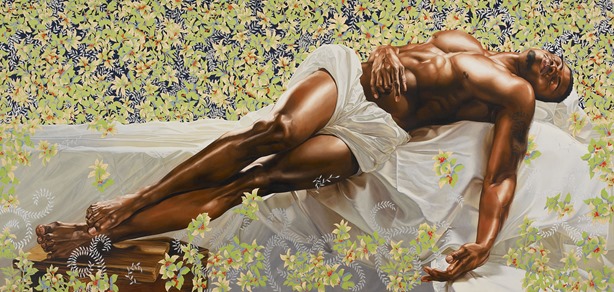
whether it is in glitch art, which explores how one’s conception of the limits of one’s body now extends into the digital universe, or in oil paint, where we now see the realist style of the 16-19th centuries employed in scenes of
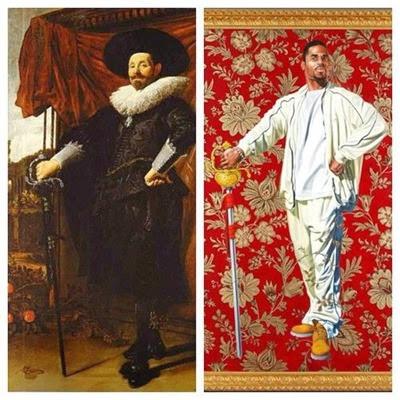 21st century, urban life, the themes and references proposed by the figure appear to be much more recognizable, much more accessible, than the esoteric modern art that has left art museums feeling cold and oppressive to the public for the greater part of the 1900s and early 2000s. as a.o. scott remarks in his NY Times article, "we are in the midst of hard times now, and it feels as if art is failing us." at a time when the body has become yet again an electric subject- charged with issues of race, as seen in the recent protests against police brutality, as well as gender and class and sexual orientation- i can state my opinion that re-addressing the body and the biases of looking at it is socially productive and necessary- not only for the survival of the art institution and its relevance to society but also to serve as a mirror of our current behavior, the public battle of our beliefs, of power relations.
21st century, urban life, the themes and references proposed by the figure appear to be much more recognizable, much more accessible, than the esoteric modern art that has left art museums feeling cold and oppressive to the public for the greater part of the 1900s and early 2000s. as a.o. scott remarks in his NY Times article, "we are in the midst of hard times now, and it feels as if art is failing us." at a time when the body has become yet again an electric subject- charged with issues of race, as seen in the recent protests against police brutality, as well as gender and class and sexual orientation- i can state my opinion that re-addressing the body and the biases of looking at it is socially productive and necessary- not only for the survival of the art institution and its relevance to society but also to serve as a mirror of our current behavior, the public battle of our beliefs, of power relations. while a similar push to re-integrate the body into art occurred alongside the civil rights movements of the 1960s in the form of radical performance art by the likes of marina abramovic, robert morris and carolee schneemann, popular belief that contemporary art is too academic or too removed from society has forced us to re-evaluate just how we should achieve such re-integration. after all, watching schneeman pull a scroll out of her vagina may not be as accessible to the public as a highly trained art historian might think. emerging artist kehinde wiley’s oil paintings, on the other hand, make us bluntly confront the politics of black bodies by presenting life-sized portraits of black men and women in contemporary clothing posing and staring back at us much like the rich merchants and generals of dutch portraits. the signifiers are there; even an untrained eye can dispute the relevance of their clothes, their expressions, their gestures; the scale of canvas, or the choice of background.

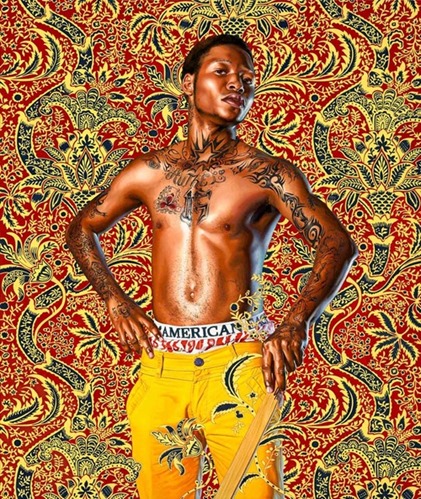
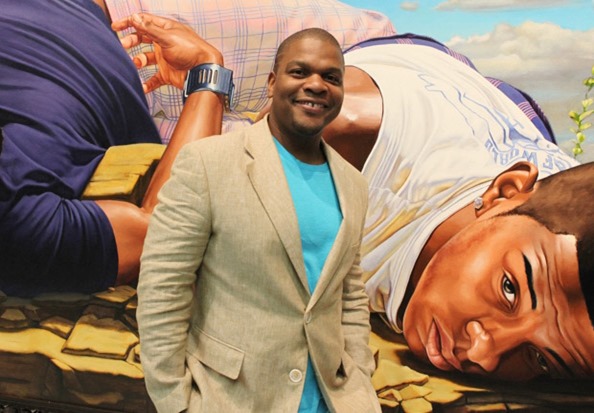
in this sense the return of the figure represents a sort of democratization of art, bringing the conversation back into the realm of the public forum where anyone- not just the art institution- can contribute and discuss ideas. we already see this happening on the internet, where art is being circulated, reviewed and commented upon more than ever, by people from art experts and dealers to those who approach the work from a different angle completely, perhaps simply interested in the subject depicted. if the right kind of curator brings the figure- like wiley’s work, or else something recognizable- back into the language of the contemporary art museum, could we see the same sort of interdisciplinary discussion occurring in person?
this opening up of the conversation or democratization, however, would not be groundbreaking, but would follow the same blueprint as almost every other game-changing movement in art history, from impressionism to the dutch golden age. dutch painters such as vermeer and jan van steen often drew the public into the conversation by depicting familiar characters of dutch life- of high and low social standing- in ever-so-subtly controversial ways. the dutch painters seemed to be obsessed with painting what seemed to be everyday, well-dressed housewives drinking and socializing with foreign men (assumedly soldiers from overseas) in their homes while their husbands are away. we see that the sun pouring through the open window in each image strategically illuminates the wine glass she is working on, provoking frank discussion on whether or not day drinking could be considered acceptable behavior in their society and what these strange men are doing in their “moral” upper-class homes.

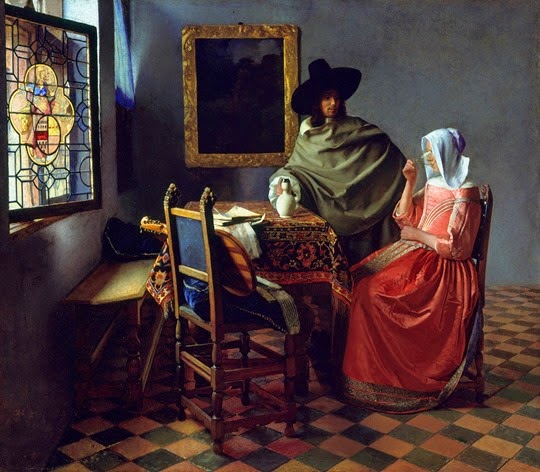
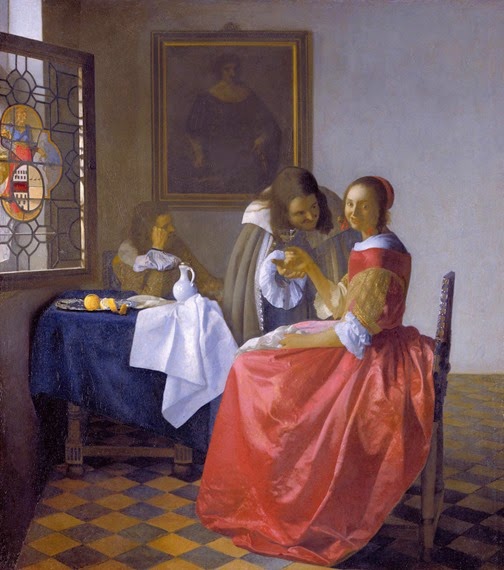
contemporary artist Susan Copich in her series domestic bliss takes a nod from the dutch masters, using figures in her photos to similarly question the “normal” american household, what constitutes a moral housewife and the limits of what we would call “functional”.

in all of its in-your-face offensiveness, copich’s work ends up a bit more effective than this post’s opening artwork by carl andre, wouldn’t you think? dont get me wrong, i have always been a supporter of conceptual art and have painstakingly tried to explain its significance to my friends who may have less experience with art, academically or otherwise. while i and many art historians could argue that conceptual art contains more "reality", as it reflects one’s embodied, subjective experience of the world rather than just the way it looks, i could not argue the same for my friends, who view minimalist work and see nothing but steel on the floor.
maybe its my frustration that i have only a few people to talk "art" with, but i think including and encouraging the uninformed or "low-brow" opinion could bring contemporary art closer to what it strives to be - a truly open-ended, no-answer-is-the-right-answer type of practice which thrives on new approaches to the same problem. in order to do so, and to sum up the bulk of this post, we should value those artists that represent a world we can relate to, with all the substance and grime and bias that we see and deal with everyday. as a.o. scott suggests, we need to "to advance a discussion about what art has done and should do at this moment of political impasse, racial tension and economic crisis,” and allow as many participants as possible into the ongoing conversation.
~


